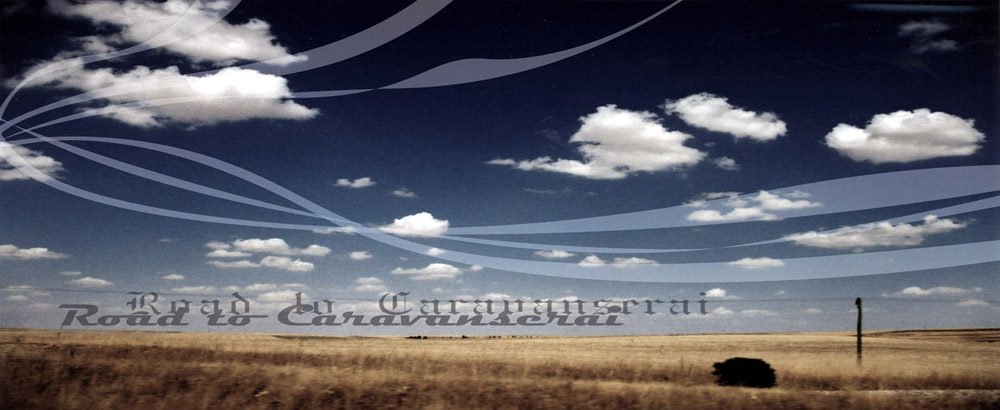
One of our main reasons to visit the Dordogne Valley was the famous prehistoric cave paintings. After a few hours of bus, train and stopping at Le Buisson, we reached Les Eyzies-de-Tazac-Sireuil at lunchtime. We hiked our way to the Grotte de Font de Gaume without tickets (though we tried to book online two days ago) only to find out that the day's 200 tickets were long sold out a week ago. At the tourist office in Les Eyzies, we were suggested by the staffs to visit the cave at Lascaux, the most famous prehistoric cave in the area. The cave of Lascaux attracted my attention ever since I was a few years old. From a child book I acknowledged the cave is a human wonder in the world. It would be such a disappointment if we failed to visit a cave during our stay in the area. We decided to call a taxi to Montignac, the closest village from Laxcaux despite we weren't sure how we could return to Sarlat after the visit.
At the ticket office in Montignac, the guy queuing behind us, who could speak some English, offered to drive us up to the cave entrance since it could easily took us over an hour to hike up the hill. We followed him to his car and met his wife, who was about 8-month pregnant. They drove us to the cave and we visited the cave in the same tour group. We chatted a little while waiting for our visit time slot. The couple lived near Limoges and worked at a national park nearby.
At 16:30, we finally stepped into the cave of Lascaux II. After some brief accounts on the history and geography of the cave (in French), the guide led us into the main cave where large bulls and horses in rich colours dazzling on the cave ceiling. Under atmospheric dim light, the surreal prehistoric figures came to life. From photographs, I could never imagine how moving the experience could be on seeing the Lascaux paintings in person. Since its discovery in 1940s, the cave paintings at Lascaux had created a big impact in art, history and tourism. Moisture from human breathe of thousands of visitors led to serious deterioration of the paintings, and the authorities were forced to close the cave in 1963. Lascaux II, a replica of the famous original, took a group of artists 11 years to complete. http://www.culture.gouv.fr/culture/arcnat/lascaux/en/
After the visit, the couple were kind enough to drive us back to Montignac. Knowing that there wouldn't be any bus to Sarlat in the next two days, we could only choose between taxi (50+ euro) and hitchhike for our return trip. The couple took a piece of paper from their trunk and made us a sign "Sarlat". They dropped us off at the roadside where south-heading traffic exited the village. Every car passed by slowed down to read our sign, and it only took us 3 minutes to get onto a luxurious car of a businessman from Paris. We couldn't have better luck. The Paris businessman was constantly on the phone with his blue-tooth. After 1/2 hour winding through the French countryside, the car entered Sarlat at around 18:30. The businessman was super kind, dropping us off right at the townhall of Sarlat. The comfortable ride concluded my second ever hitchhiking experience.

1 comment:
The complex painted caves of Lascaux are located in the Dordogne region. The awe-inspiring paintings are also described as ‘the antediluvian Sistine Chapel’.1200 visitors daily visit the cave. The initial climatic situation had been re-build and maintained with the assistance of a fully-automated system. The original caves were made in 1980 called as Lascaux II. The Great Hall of the Bulls with its vast-spanning murals comprises of animals like horses, stags and bulls. you can find beautiful art form based on the conventional ancient animal premise inclusive of bison, stag, ibexes. For more details refer Caves Of Lascaux
Post a Comment